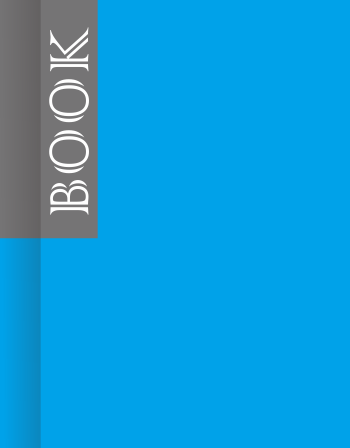DIGITAL LIBRARY
 | JUDUL | : | Emisi Metana (CH4) pada Beberapa Metode Pengelolaan Limbah Sawah di Kecamatan Anjir Pasar Kabupaten Barito Kuala |
| PENGARANG | : | MARIATUL ASYKIAH | |
| PENERBIT | : | UNIVERSITAS LAMBUNG MANGKURAT | |
| TANGGAL | : | 2024-05-20 |
Paddy fields for all of Indonesia is 8.1 million ha, about 43% is in Java and about 57% is outside Java. Paddy fields are part of the wetlands. Paddy fields control the global climate through the gases they produce and have a greenhouse effect. One of the greenhouse gases is methane, therefore the purpose of this study was to determine the effect of rice field waste management on methane emissions and the population of methanogenic microorganisms. the research method used is one-factor Completely Randomized Design (RAL). The factor tested was the method of managing rice waste before planting rice with five treatments namely: A = Rice field waste was slashed and then lifted into the mound after a few days of being returned to the field; B = Rice field waste is carried out management slashed, rolled up, reversed, and stretched; C = Rice field waste is slashed, planted with traces and then slashed again after the trace is transferred to land outside the research plot; D = Rice field waste sprayed with herbicide 2 times; E = Ricefield waste sprayed with herbicide 1 time and then soil in the tractor. Each treatment was repeated four times so that 20 units of the experimental. Gas retrieval used the hood method while the microorganism population used the MPN (most probable Number) method. The results showed that the rice field waste management method had an effect on methane emissions and populations of methanogen microorganism in the planting and vegetative phases, while the generative phase had no effect.
| NO | DOWNLOAD LINK |
| 1 | FILE 1 |
File secara keseluruhan dapat di unduh DISINI